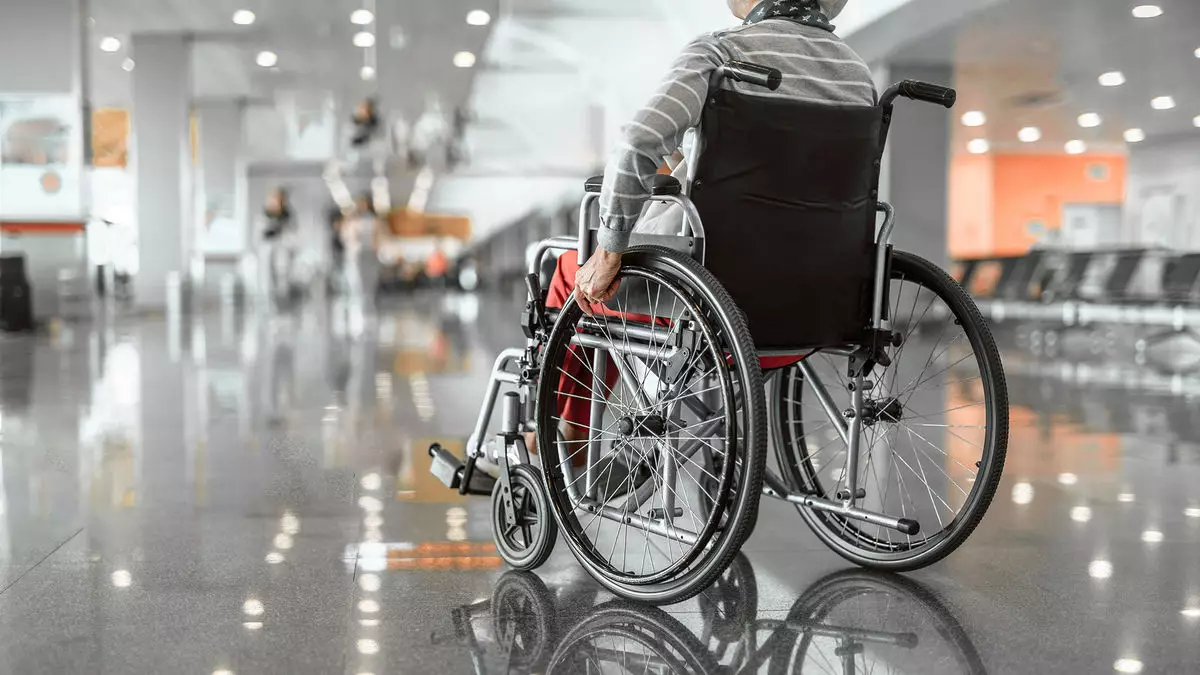In a crucial step towards improving air travel for passengers who use wheelchairs, the Department of Transportation (DOT) has introduced a comprehensive set of regulations aimed at safeguarding the rights and experiences of these travelers. This long-awaited move responds to persistent advocacy from disability rights groups and reflects a significant shift in the transportation sector’s approach to accommodating individuals with mobility challenges.
One of the primary highlights of the new regulations is the explicit definition of a “mishandled wheelchair.” This definition simplifies the process for the DOT to impose fines on airlines that fail to return wheelchairs in the same condition they were received. Recent DOT data indicates that the ten largest U.S. airlines mishandle approximately 1.4% of checked wheelchairs and scooters—a figure that is strikingly higher than the mishandling rate for regular baggage. By delineating the criteria for mishandling, the DOT aims to hold carriers accountable for their service and ensure that standards of care are met.
In an effort to bolster the handling of wheelchairs, the regulations mandate annual training for airline personnel responsible for loading and assisting travelers. Unlike previous guidelines that merely suggested training every 18 months, these new requirements compel airlines to ensure their staff is well-prepared to assist passengers effectively from the onset of their duties. The implementation of such rigorous training protocols is expected to foster a more knowledgeable workforce, thus enhancing the overall traveling experience for individuals with disabilities.
The revised regulations introduce more stringent stipulations regarding the replacement or repair of damaged wheelchairs and reuniting travelers with lost equipment. Airlines will now be accountable for providing timely support in assisting passengers with their boarding, deplaning, and necessary flight connections. Furthermore, transparency is a key component of these new requirements, as carriers must publicly share the dimensions of cargo holds. This feature empowers travelers to make informed decisions while booking, ensuring their mobility aids can fit properly.
A remarkable addition to the regulations is the obligation for airlines to reimburse passengers for any fare differential when a larger aircraft is required due to the size of their wheelchair. This policy not only promotes fairness but also acknowledges the additional burdens that disabled travelers may face when trying to navigate the complexities of air travel.
As DOT Secretary Pete Buttigieg remarked, these regulations mark a significant leap forward in creating a more inclusive travel environment. With the rule scheduled to take effect on January 16, just days before the transition of presidential power, it highlights a commitment to equity in air travel. The timeline for implementing various components extends until June 17, 2026, suggesting that the journey toward comprehensive accessibility in aviation is ongoing. By establishing clear and actionable standards, the new rules aim to ensure inclusivity, safety, and dignity for all passengers, setting a precedent for future regulations in air travel.


Leave a Reply